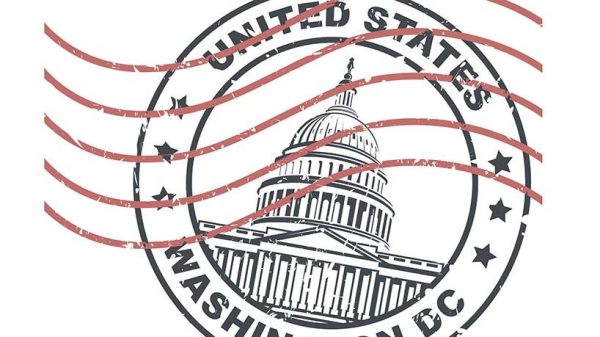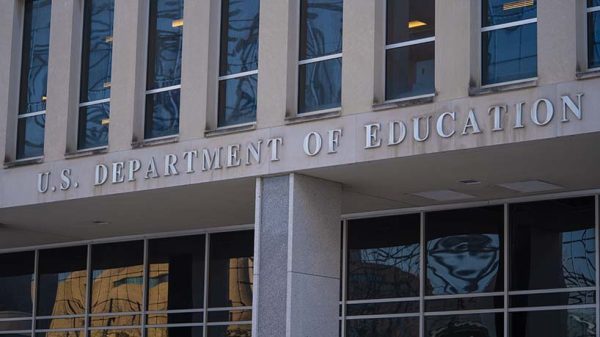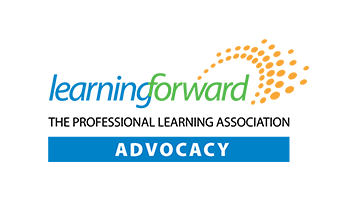Congress is back in session after a month-long break over August, but they’re not going to be here long. While they are here, they have one significant job to do and that’s to keep the government operating. In the normal course of events, Congress would have already passed all of their appropriations bills for Fiscal Year 2023, including the one that funds education — the Labor/HHS/Education Appropriations bill — but that hasn’t happened. With Congress evenly divided, it’s very hard to move bills through committee, including the appropriations committee. As a result, we only have the House getting half their work done, which is fully completing action on six of the 12 bills. The Senate has moved none of its bills.
The good news is that Title II is in a pretty good position. The House Appropriations Committee has already approved an $100 million increase in funding for Title II-A, which gets us very close to where the original authorized level for Title II-A was, which was set in Every Student Succeeds Act. The other piece of good news is that Senate Democrats have put out draft appropriations bills that would increase Title II-A, but the increase would be $17 million less than what the House Appropriations Committee has approved.
Unable to pass funding bills before the October 1 fiscal deadline and so nearing a recess for the midterm elections, Congress is preparing to pass a continuing resolution or CR — a temporary spending measure that keeps the government operating and gives Congress more time to finish appropriations negotiations. This CR will likely run until the middle of December.
Once Congress returns after the elections, it will have three options to dispose of FY23 funding:
- Defer decisions again and pass another continuing resolution that would push funding decisions all the way to the next Congress next year.
- Pass a full year continuing resolution, which would essentially fund all government programs, including Title II-A, at last year’s levels. That would result in no increases at all for the remainder of FY23. That is obviously not what Learning Forward wants to have happen as it is a wipeout of any funding increase.
- Pass an omnibus appropriations bill, where all 12 appropriations bills are negotiated separately but combined into a single bill.
For those of us planning on weighing in in support of high-quality professional learning, there are three key messages our congressional representatives need to hear from us right now:
- First, we want to see an omnibus bill scenario. That gives us a great chance for a significant increase for Title II-A.
- Second, we want to see that funding increase be $100 million vs. the $83 million that the Senate has proposed. It is worth noting that the House’s number has already been vetted by the appropriations subcommittee and full committee while the Senate’s figure has not been so vetted.
- Lastly — and this is really the key here – we need to make the case as to the value of high-quality professional learning and speak directly about how Title II-A supports coaches, mentors, PLCs and professional learning courses that satisfy the elements of ESSA’s rigorous definition.
What is most important right now is for all educators to get out there and tell Congress what high-quality professional learning is, why it’s valuable, and how it moves the needle. That means: gathering your data; telling your stories; and explaining why Title II-A funding is critical for educator retention and improving academic achievement.









